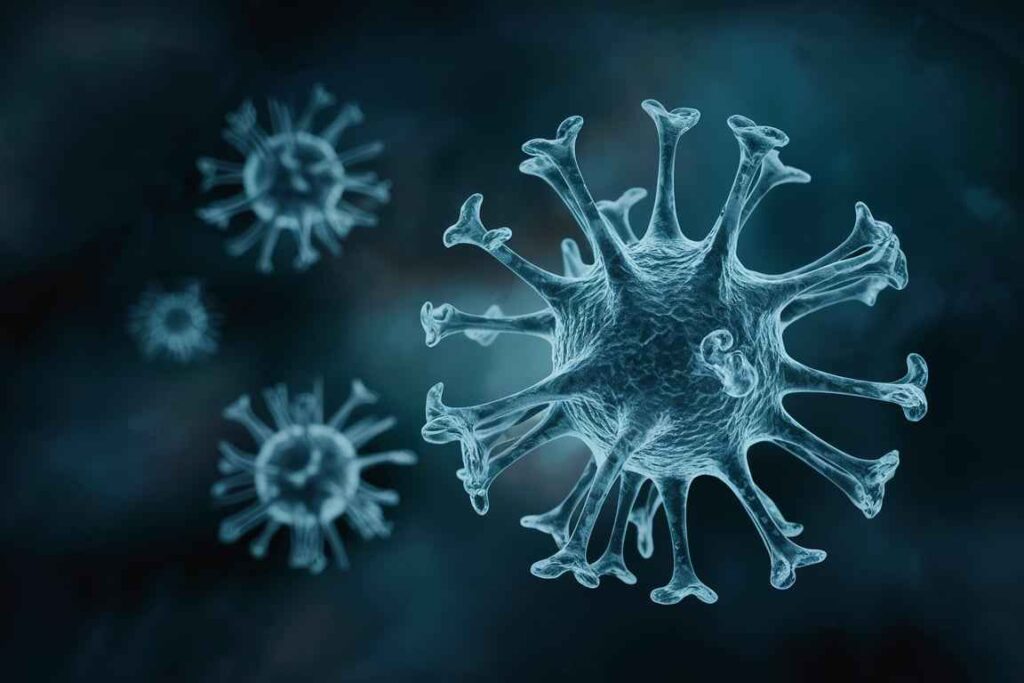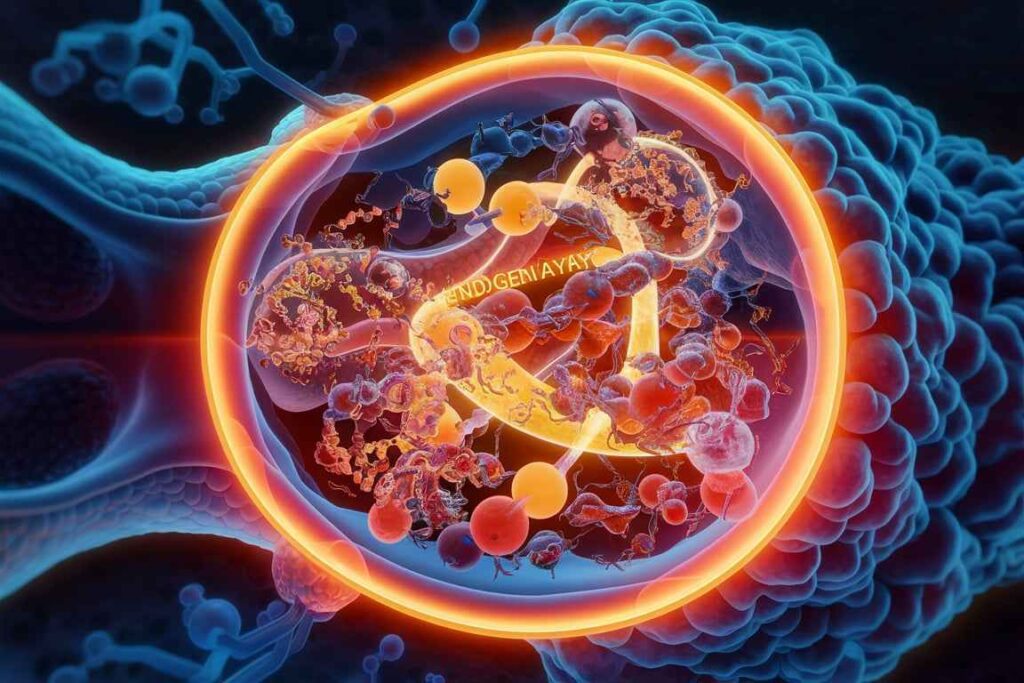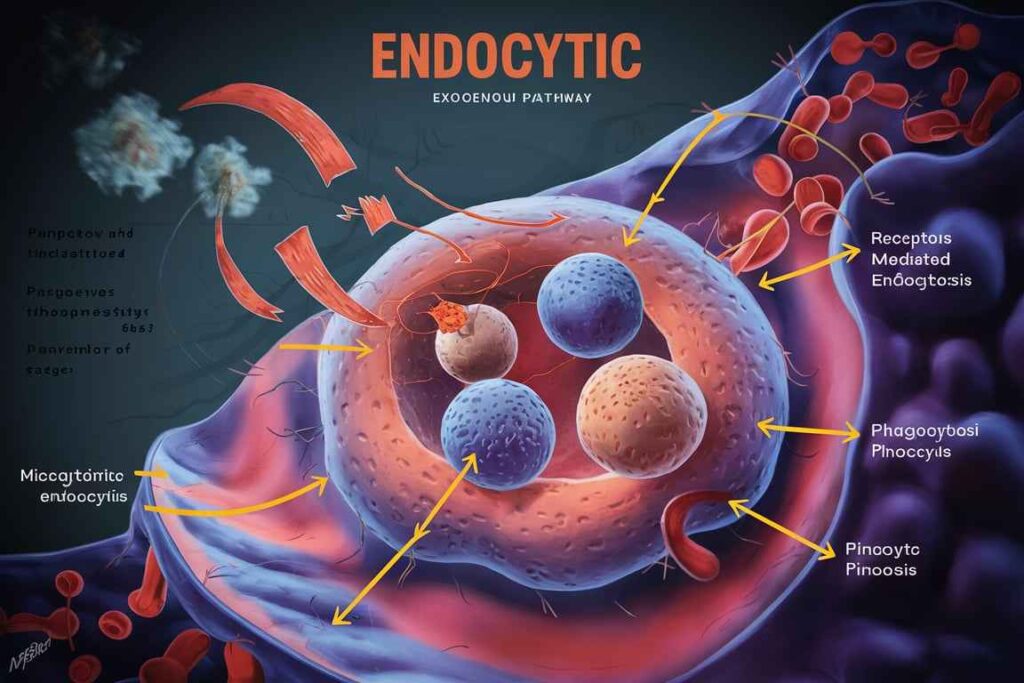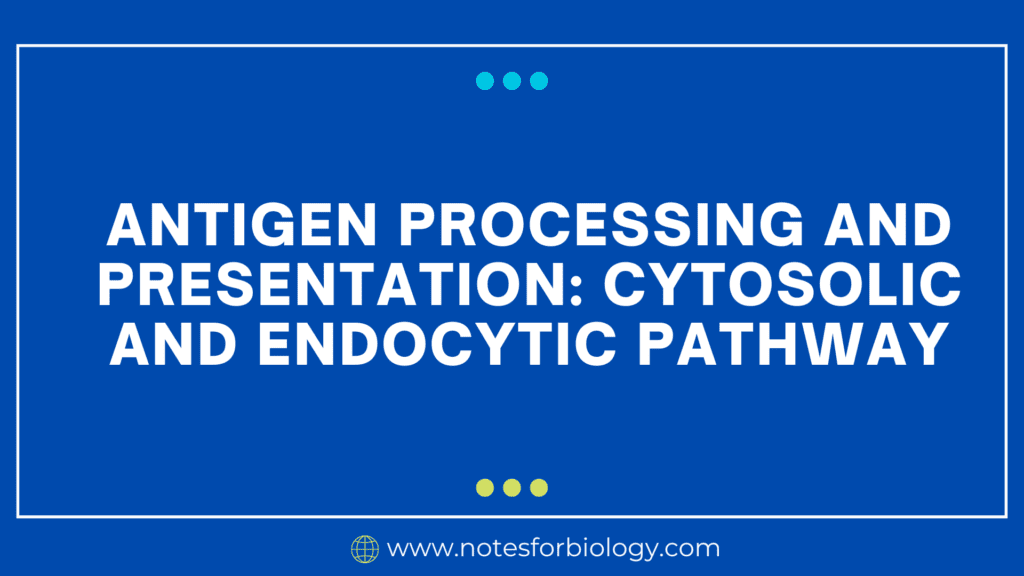Antigen processing and presentation are critical for the immune system to recognize and respond to pathogens. Antigen processing involves the breakdown of antigens into peptides and their presentation on the surface of antigen-presenting cells (APCs) by major histocompatibility complex (MHC) molecules. There are two main pathways for antigen processing and presentation: the cytosolic (endogenous) pathway and the endocytic (exogenous) pathway.
Table of Contents
Antigen processing
Antigen is any substance that can induce an immune response in the body, particularly by stimulating the production of antibodies or the activation of T cells. Antigen processing can be proteins, polysaccharides, lipids, or nucleic acids, and they are typically found on the surface of pathogens like bacteria, viruses, fungi, and parasites. They can also be found on non-pathogenic substances like pollen, food proteins, and even on the surface of cells within the body.

Cytosolic (endogenous) pathway
This route is primarily important for delivering intracellular antigens such as viruses and bacteria. They are delivered to cytotoxic T lymphocytes (CTLs) via MHC class I molecules.

Cytosolic pathway involves protein degradation
The proteasome, a multicatalytic protein complex, ubiquitinates and degrades intracellular proteins, including those from viruses and tumors.
The proteasome creates peptide fragments that are generally 8-10 amino acids long.
Peptide Transport:
The TAP1 and TAP2 proteins transport the produced peptides from the cytosol to the endoplasmic reticulum (ER).
Peptide Loading:
Peptides are loaded onto freshly generated MHC class I molecules within the ER via chaperone proteins such as calnexin, calreticulin, and ERp57.
Tapasin, a chaperone that bridges TAP and MHC class I, stabilizes the peptide-MHC class I complexes.
Surface Expression:
The stable peptide-MHC class I complexes pass through the Golgi apparatus to reach the cell surface.
Once on the surface, CD8+ T cells (cytotoxic T lymphocytes) can identify the complexes.
Endocytic (exogenous) pathway
This route is primarily important for delivering extracellular it that have been ingested via endocytosis or phagocytosis. These are delivered by MHC class II molecules to helper T lymphocytes.

Endocytic pathway involves antigen uptake
The endocytic pathway is a cellular process by which cells internalize molecules and particles from their surroundings. This process involves the engulfing of substances through the cell membrane, forming vesicles that transport the substances into the cell. The endocytic pathway is crucial for various cellular functions, including nutrient uptake, regulation of cell surface receptors, and defense against pathogens.
APCs ingest extracellular antigens by phagocytosis, receptor-mediated endocytosis, and pinocytosis.
Proteinolytic Processing:
Internalized antigens are found in endosomes or phagosomes, which merge with lysosomes to generate phagolysosomes.
In the acidic environment of the phagolysosome, proteases such cathepsins breakdown it into peptides.
MHC Class II Synthesis and Transportation:
MHC class II molecules are produced in the ER and assembled with the invariant chain (Ii), which blocks the peptide-binding groove and prevents premature peptide loading.
The MHC class II invariant chain complexes comprise
Invariant Chain Degradation:
In the acidic environment of the endosomal/lysosomal compartments, the invariant chain degrades, leaving a tiny fragment known as CLIP (Class II-associated invariant chain peptide) in the peptide-binding groove.
Peptide Loading:
The enzyme HLA-DM aids in the removal of CLIP and the binding of antigenic peptides to MHC Class II molecules.
Peptide-MHC class II complexes are stabilized and delivered to the cell membrane.
Surface Expression:
The stable peptide-MHC class II complexes are found on the cell surface.
Once on the surface, CD4+ T cells (helper T cells) can identify the complexes.
Summary
Cytosolic (Endogenous) Pathway:
- Deals with intracellular antigens.
- Antigens are processed by the proteasome.
- Peptides are transported into the ER by TAP.
- Peptides are loaded onto MHC class I molecules.
- Presented to CD8+ T cells.
Endocytic (Exogenous) Pathway
- Deals with extracellular antigens.
- Antigens are internalized and processed in endosomes/lysosomes.
- Peptides are loaded onto MHC class II molecules.
- Presented to CD4+ T cells.
Frequently Asked Question
What is Antigen processing?
Antigen is any substance that can induce an immune response in the body, particularly by stimulating the production of antibodies or the activation of T cells. Antigen processing can be proteins, polysaccharides, lipids, or nucleic acids, and they are typically found on the surface of pathogens like bacteria, viruses, fungi, and parasites.
What is Endocytic pathway ?
The endocytic pathway is a cellular process by which cells internalize molecules and particles from their surroundings. This process involves the engulfing of substances through the cell membrane, forming vesicles that transport the substances into the cell.
Related Article

